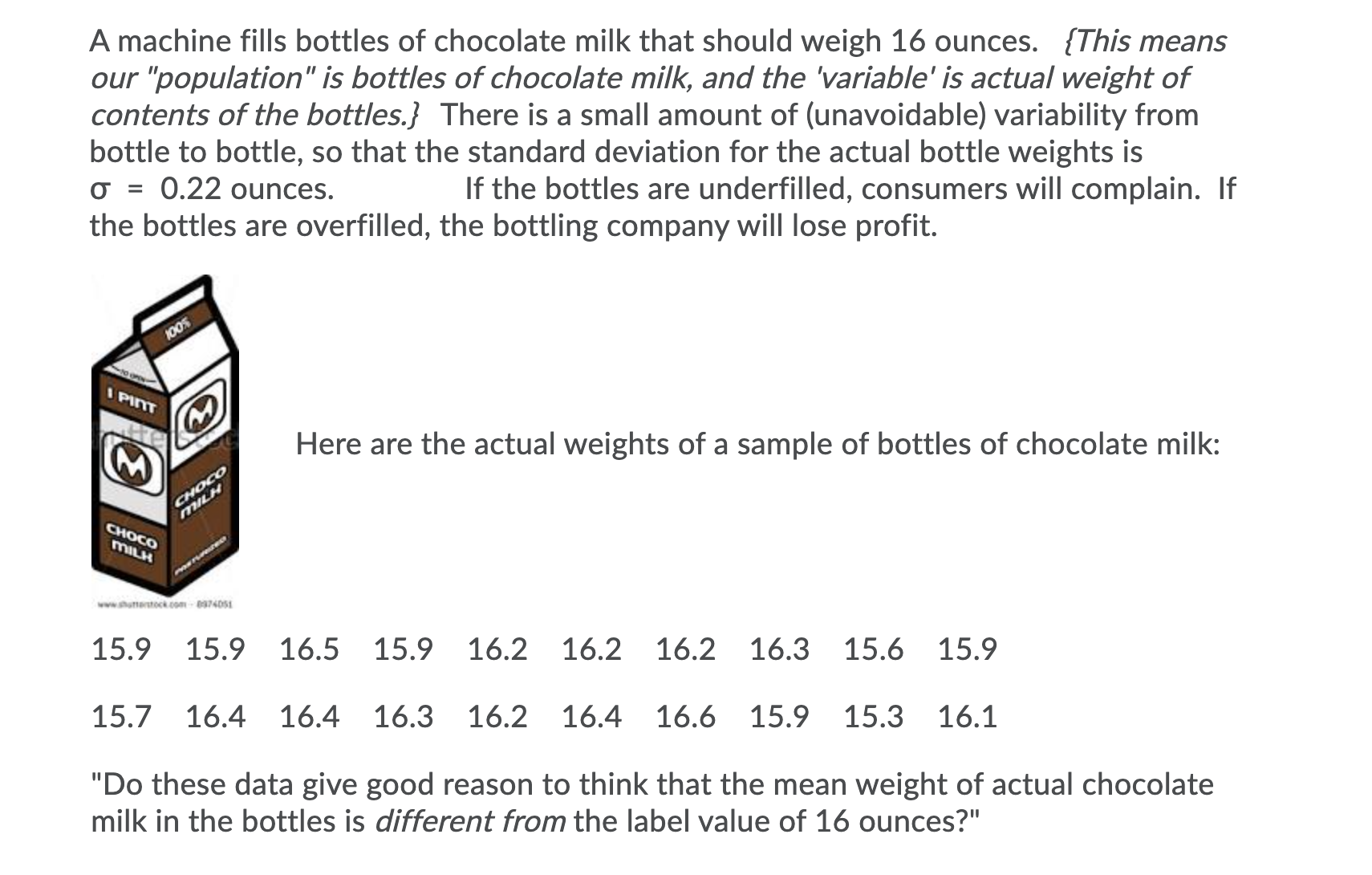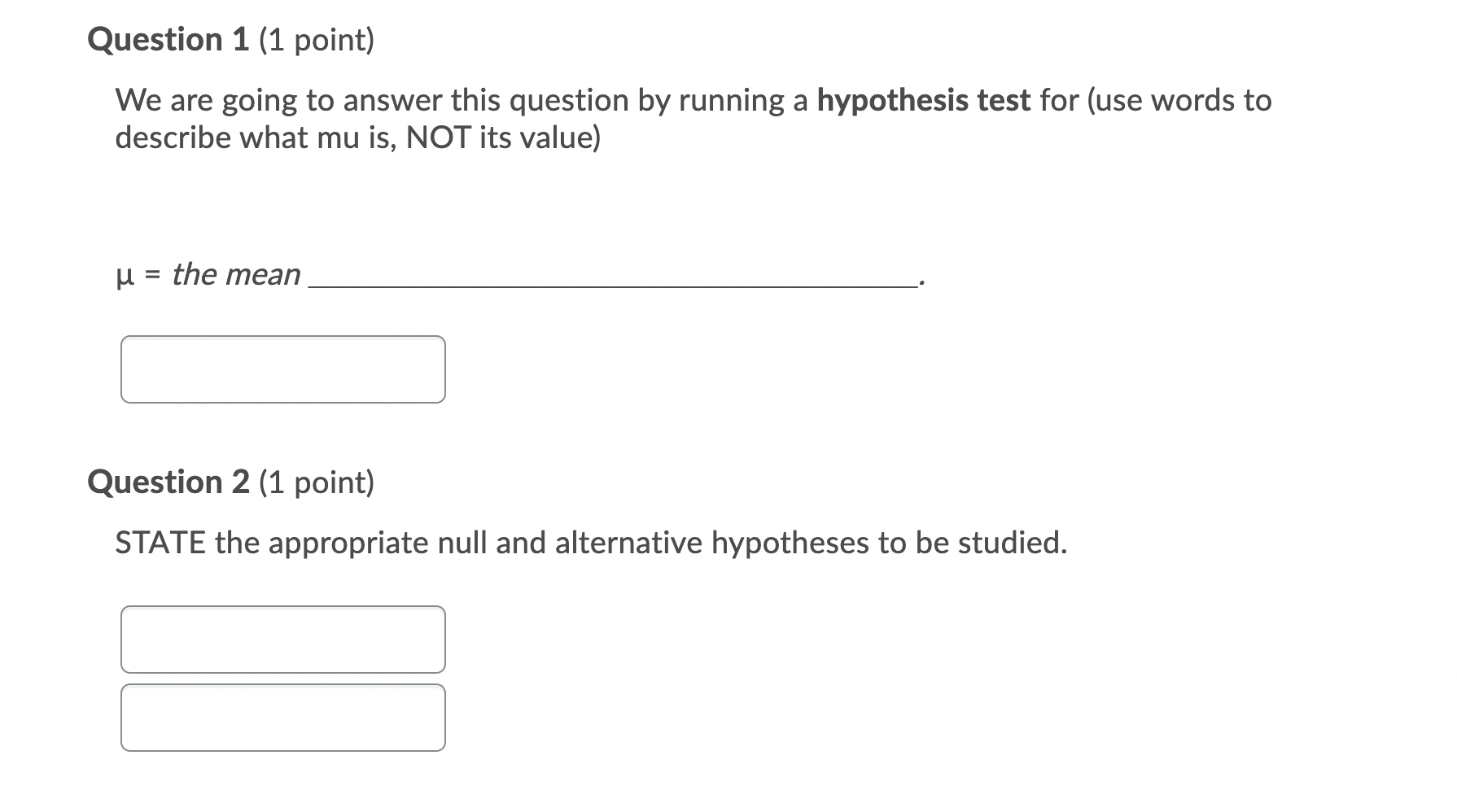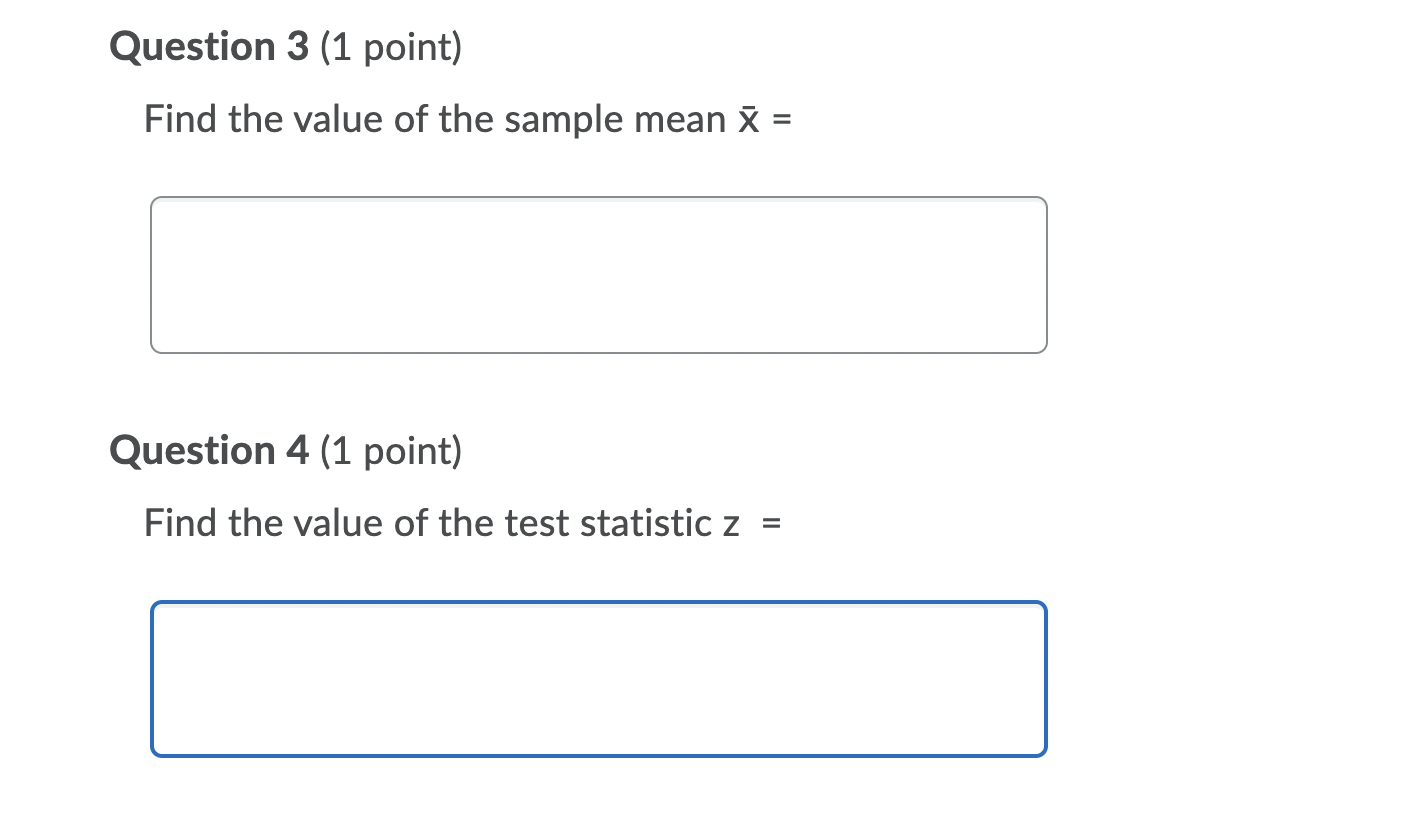Answered step by step
Verified Expert Solution
Question
1 Approved Answer
A machine fills bottles of chocolate milk that should weigh 16 ounces. {This means our 'loopulation is bottles of chocolate milk, and the 'variable' is














Step by Step Solution
There are 3 Steps involved in it
Step: 1

Get Instant Access to Expert-Tailored Solutions
See step-by-step solutions with expert insights and AI powered tools for academic success
Step: 2

Step: 3

Ace Your Homework with AI
Get the answers you need in no time with our AI-driven, step-by-step assistance
Get Started


